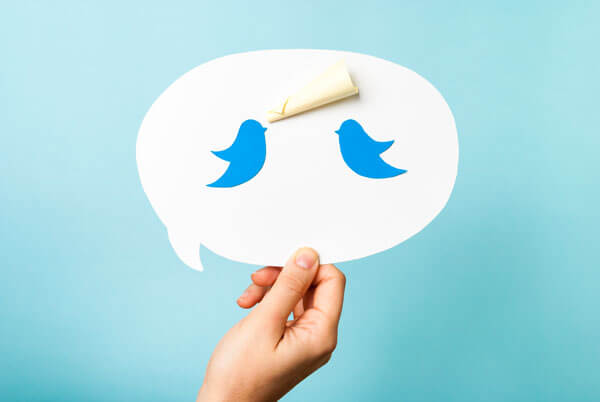
When Nielson first released their brand new Twitter-based TV ratings on Oct. 7, social media’s extensive influence in our tweet happy culture became even more apparent. Complimenting Nielson’s traditional ratings of TV programs, the Twitter rating measures how many people are authoring tweets about a specific show and the amount of impressions that tweet made (how many people viewed the tweet). Here’s a few interesting observations about the Twitter based ratings…
Twitter ratings are quantitative, not qualitative. So this means that, as of now, the rating is based solely on the number of people mentioning the show and does not determine whether they are tweeting positively or negatively. This is not necessarily a deterrent, (any press is good press, right?) although a tweet-deciphering application to include sentiment in the ratings would certainly be impactful for ad companies and TV networks alike. As you read this, I’m sure someone is working on its development at this very moment.
On another note, it seems that with the introduction of Twitter-based ratings, viewers now have the potential more than ever to influence network decisions such as signing for another season or taking the show off the air. If a certain show has a relatively low rating based on traditional viewership data, but its Twitter ratings are off the charts due to a cult-like following, a network could be swayed to keep the show based on the Twitter data.
Why Traditional vs. Twitter Results Vary Tremendously
While we’re on the subject of Twitter vs. traditional ratings, it is curious that the top 10 lists for each rating on Nielson.com is almost completely different, save one show, Dancing with the Stars, appearing on both top 10 lists. Upon closer examination of the two lists, there are a few telling pieces of information.
- At least 50% of the shows on the top 10 Twitter-based list are outrightly geared towards teens and twenty-somethings, and this is the most prevalent generation using social media
- Five out of the 10 shows on the traditional-based list were sports-related
- Three of the 10 were shows that often play re-runs (not much to tweet about with a recycled episode)
- On the Twitter-based top 10 list, there is a remarkable marketing emphasis on having a strong social presence:
- Eight of the 10 shows have a Facebook following of over 1 million fans
- Only 4 of the 10 traditional top 10s have over 1 million Facebook likes
Thanks to Nielson’s new Twitter-based TV rating, we see, in yet another facet, just how increasingly social our world is and how powerful a presence on social media can be. As business owners, it’s imperative that you join the social conversation and begin to build relationships with the diverse, eager bunch of potential clients who are ready to connect with your company in the most convenient, informal manner that has ever existed. At M&R, we’d love to help you get your social on. Visit us here to learn more.

